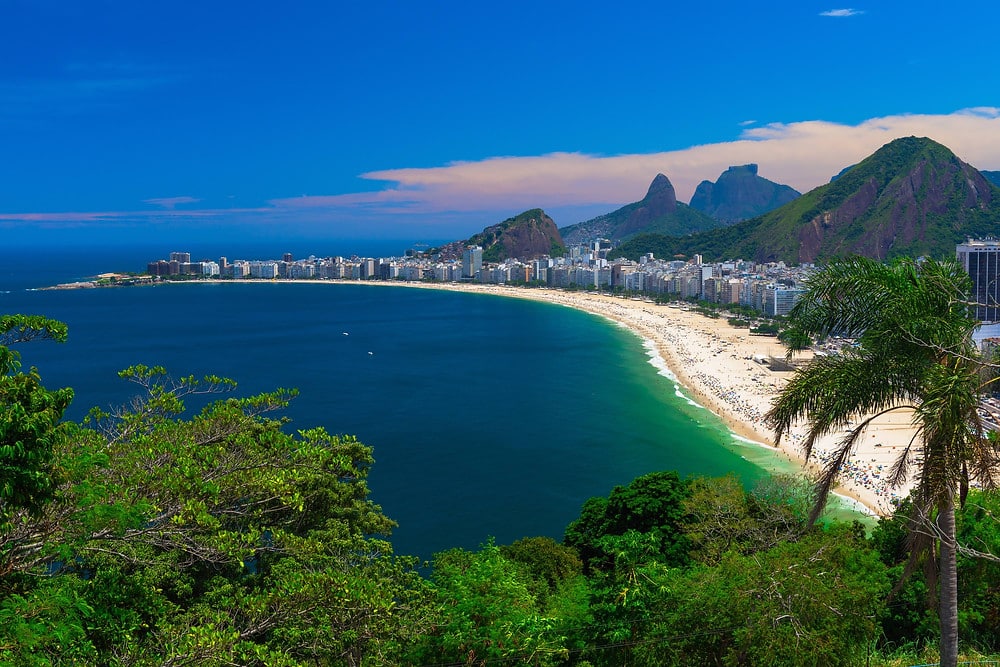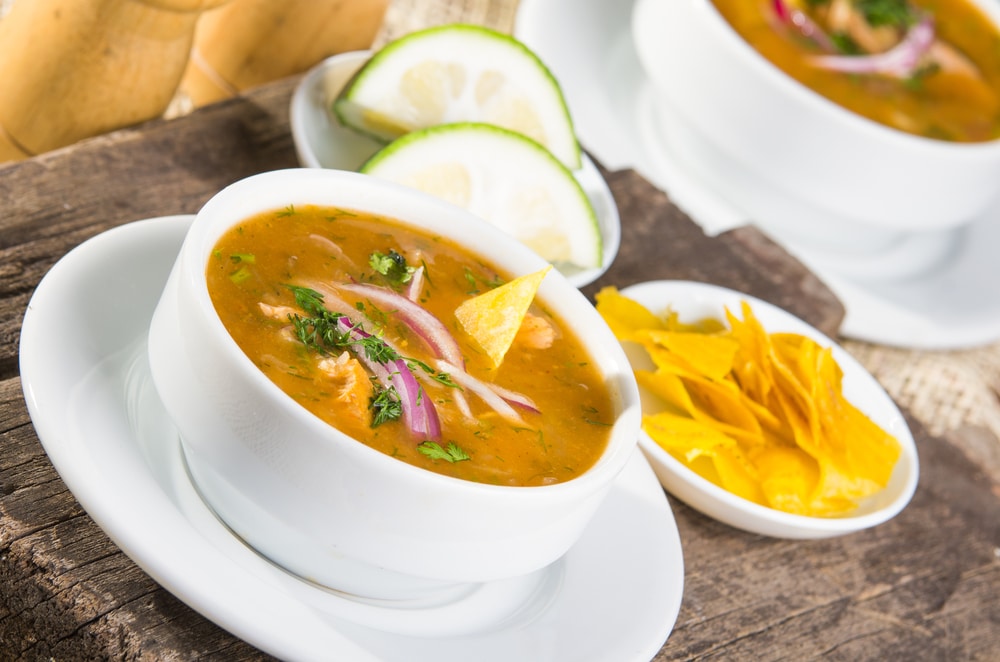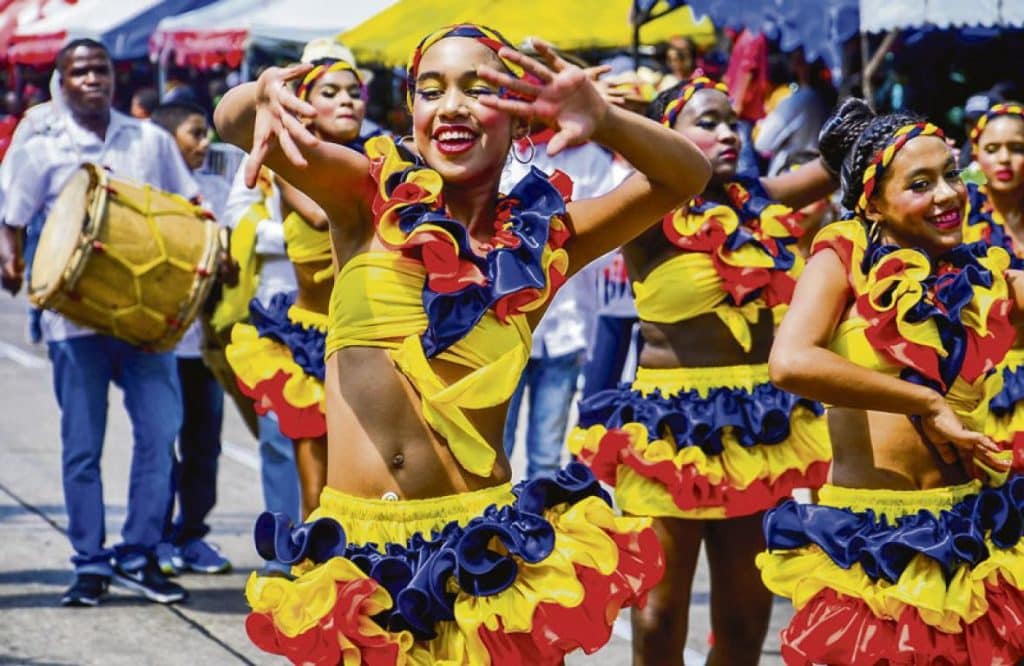Unveiling the Rich Cultural Tapestry and Delectable Flavors of South America
South America, a continent brimming with vibrant colors, pulsating rhythms, and mouthwatering cuisine, is a treasure trove for those seeking to immerse themselves in rich cultural experiences and tantalize their taste buds. From the rhythmic beats of samba in Brazil to the captivating tango in Argentina, South America’s diverse cultures come alive through music, dance, art, and a melting pot of culinary delights. Join us on a captivating journey as we explore the kaleidoscope of cultures and savor the tantalizing flavors that make South America a true paradise for cultural enthusiasts and food lovers alike.
Starting our cultural expedition in Brazil, we encounter a nation renowned for its infectious energy and festive spirit. Carnival, the world-famous festival held annually in Rio de Janeiro, is a dazzling celebration of Brazilian culture, blending music, dance, and elaborate parades. The pulsating rhythms of samba, accompanied by the vibrant costumes of the dancers, create an electrifying atmosphere that reverberates throughout the streets. Joining the festivities during Carnival is an opportunity to witness Brazil’s passion for music, dance, and communal celebration firsthand.

Beyond the festivities, Brazil’s cultural landscape extends to its thriving arts scene. In the colorful city of Salvador, the African influence is palpable in the vibrant capoeira performances, a unique blend of martial arts and dance. The historic Pelourinho neighborhood in Salvador is a UNESCO World Heritage site and a hub of Afro-Brazilian culture, where visitors can explore ancient churches, sample traditional cuisine, and immerse themselves in the rhythmic beats of local music.
Moving south to Argentina, we encounter a country synonymous with passion and romance. Buenos Aires, the capital city, is a vibrant hub of art, theater, and tango. The sultry dance, with its intimate embraces and intricate footwork, captures the essence of Argentine culture. Attend a tango show in one of the city’s milongas (tango clubs) or simply stroll through the neighborhoods and let the melodies of the bandoneon fill the air. Argentina’s cultural heritage also extends to its world-renowned literature and thriving theater scene, making Buenos Aires a hub for artistic expression.
Delving deeper into Argentina’s cultural tapestry, we encounter the gaucho culture, a reflection of the country’s rural traditions. The vast Pampas region is known for its horseback riding, traditional asados (barbecues), and folklore music. Visitors can immerse themselves in the gaucho way of life, learning about their horsemanship skills and enjoying traditional folk performances that showcase the traditions and legends of Argentina’s rural communities.
Continuing our cultural odyssey, we arrive in Peru, a country steeped in ancient history and indigenous traditions. The majestic ruins of Machu Picchu, a UNESCO World Heritage site, are a testament to the Inca Empire’s architectural prowess and rich heritage. Exploring the archaeological site offers a glimpse into the ancient Inca civilization and the intricate stone structures that have stood the test of time. Peru’s cultural fabric is also interwoven with the vibrant traditions of its indigenous communities, which can be witnessed in the colorful festivals, traditional clothing, and intricate artwork found throughout the country.
Peru’s culinary scene is another integral part of its cultural identity, attracting food enthusiasts from around the world. Lima, the capital city, has emerged as a gastronomic capital, boasting a fusion of flavors influenced by indigenous ingredients, Spanish colonial heritage, and immigrant contributions. From ceviche, a refreshing dish of marinated raw fish or seafood, to the flavorful Lomo Saltado, a stir-fry of beef, onions, and tomatoes, Peruvian cuisine is a tantalizing blend of diverse influences that showcases the country’s culinary creativity.
Venturing to Colombia, we encounter a country on the rise, with a cultural scene that reflects its vibrant and resilient spirit. In the bustling city of Bogota, the capital, visitors can explore world-class museums, such as the Gold Museum, which houses an extensive collection of pre-Columbian gold artifacts. The vibrant street art scene in Bogota’s neighborhoods adds a colorful and contemporary touch to the city’s cultural landscape. Colombia’s rich musical heritage is also on display, with genres such as cumbia and vallenato filling the airwaves and inspiring lively dance performances.
Colombian cuisine offers a delightful fusion of flavors, drawing inspiration from indigenous traditions, Spanish influences, and Afro-Caribbean roots. From the hearty Bandeja Paisa, a dish featuring beans, rice, plantains, avocado, and grilled meats, to the coastal delicacy of ceviche de camar n, Colombia’s cuisine showcases the country’s diversity and culinary creativity. Don’t forget to indulge in a cup of rich Colombian coffee, known worldwide for its exceptional quality and flavor.
Our cultural and culinary journey through South America would be incomplete without a visit to the captivating country of Peru. The capital city, Quito, is a UNESCO World Heritage site and a treasure trove of colonial architecture and historic sites. Explore the vibrant streets of the historic center, marvel at the breathtaking views from El Panecillo, and delve into the city’s thriving arts scene. Ecuador’s indigenous heritage is also a significant part of its cultural fabric, with traditional markets in cities like Otavalo offering a glimpse into the vibrant craftsmanship and colorful textiles of the indigenous communities.
Ecuadorian cuisine is a reflection of the country’s biodiversity and culinary traditions. The coastal region is known for its fresh seafood, with ceviche and encocado, a dish of seafood cooked in coconut milk, being popular choices. In the highlands, traditional dishes such as llapingachos, potato pancakes stuffed with cheese, and locro de papas, a creamy potato soup, are staples. Don’t miss the opportunity to taste Ecuador’s famous chocolate, as the country is renowned for its high-quality cacao beans.

South America is a continent of rich cultural heritage, where traditions are celebrated, artistic expressions thrive, and flavors burst with authenticity. From the passionate dances of Brazil and Argentina to the ancient ruins of Peru and the indigenous traditions of Colombia and Ecuador, South America offers a cultural tapestry that will enchant and inspire. So, pack your bags, open your senses to the rhythm of the music, immerse yourself in the vibrant arts scene, and let the tantalizing flavors of South America transport you on a journey of cultural exploration like no other
As you delve deeper into South America’s cultural and culinary wonders, here are some additional tips to enhance your experience:
Attend Cultural Festivals: South America is known for its vibrant festivals that showcase the region’s rich cultural heritage. Plan your visit to coincide with festivals like Carnaval in Brazil, Inti Raymi in Peru, or Feria de Cali in Colombia. These celebrations offer a unique opportunity to witness traditional music, dance performances, and colorful parades that embody the spirit of South America.
Explore Local Markets: South America’s markets are a treasure trove of local flavors, handicrafts, and cultural experiences. Wander through bustling markets like Mercado Central in Santiago, Chile, or Mercado de San Telmo in Buenos Aires, Argentina. Sample local delicacies, browse handcrafted souvenirs, and engage with vendors to gain insights into the local way of life.
Take a Cooking Class: To truly immerse yourself in South America’s culinary traditions, consider taking a cooking class. Learn to prepare traditional dishes like feijoada in Brazil, empanadas in Argentina, or ceviche in Peru. Not only will you gain hands-on culinary skills, but you’ll also gain a deeper understanding of the cultural significance of these dishes.
Visit Indigenous Communities: South America is home to diverse indigenous communities, each with its own unique customs and traditions. Engage in community-based tourism initiatives that allow you to visit these communities, interact with locals, and learn about their way of life. This provides a meaningful opportunity to appreciate the cultural heritage and support local communities.
Enjoy Live Music and Dance Performances: Music and dance are integral parts of South American culture. Attend live performances of traditional music genres like samba, tango, bossa nova, or Andean folk music. From lively dance clubs to intimate live music venues, immerse yourself in the infectious rhythms and melodies that define South America’s musical traditions.
Explore Museums and Art Galleries: South America’s museums and art galleries offer glimpses into the region’s history and artistic expressions. Visit renowned institutions like the Museo Nacional de Bellas Artes in Buenos Aires or the Museo de Oro in Bogot to admire indigenous artifacts and stunning art collections. These cultural institutions provide valuable insights into South America’s past and present artistic achievements.
Engage with Locals: One of the best ways to understand and appreciate South America’s culture is by interacting with the locals. Strike up conversations, ask for recommendations, and embrace the warmth and friendliness of the people. Engaging with locals not only enriches your experience but also fosters cross-cultural understanding and connections.
Try Street Food: South America is a haven for street food lovers. From savory empanadas to mouthwatering anticuchos (grilled skewers), street vendors offer a plethora of flavors to tantalize your taste buds. Follow the locals’ lead and savor the authentic flavors and culinary traditions found in the bustling street food scene.
Participate in Cultural Workshops: Many destinations in South America offer cultural workshops where you can learn traditional crafts, dances, or musical instruments. Join a workshop to learn salsa dancing in Colombia, try your hand at making traditional textiles in Peru, or learn the art of capoeira in Brazil. These hands-on experiences allow you to deepen your cultural understanding and actively engage with the local traditions.

Respect Local Customs and Etiquette: While immersing yourself in South America’s cultural diversity, it’s important to respect local customs and etiquette. Familiarize yourself with basic cultural norms, such as greeting with a kiss on the cheek in many countries, or appropriate dress codes when visiting religious sites. Showing respect for local customs demonstrates your appreciation for the culture and helps create positive cultural exchanges.
South America’s cultural and culinary riches are waiting to be explored. With an open mind and a desire for discovery, you can embark on a journey that will leave you with unforgettable memories and a deeper understanding of the region’s vibrant cultures. So, embrace the rhythms, savor the flavors, and allow South America to weave its magic on your cultural and culinary adventure. Here you can read more information about South America before your travel.



